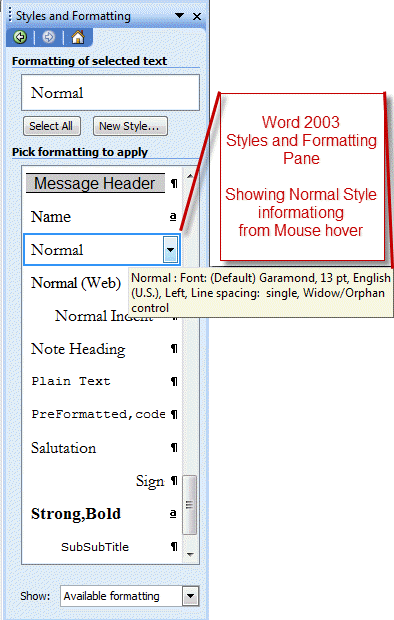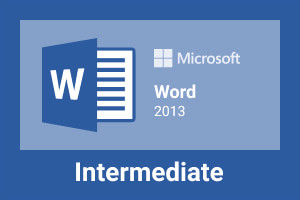

In Word, page properties such as margins, the number of columns of text, and the position and style of page numbers are applied throughout a section of the document. Section breaks are essential for large complicated documents, especially if you want page numbers in different locations, different margins, different number of columns on different pages.

Line Numbers: You can number each line of the document (useful for legal documents and scripts) and those line numbers can start over on each page or section or run continuously through the document.īorders: you can set a border for every page in the document, for just this section, for the first page of this section, or for every page except for the first page. Headers and footers: you can set a different first page and/or different odd and even pages. The alternative is to manually create sections ahead of time and then pick the desired orientation for each section. When you want to switch back to the previous orientation, return to this dialog and pick the desired orientation for this point forward again. If you select “this point forward”, Word will insert a Next Page Section Break.
Using styles in word 2013 how to#
You may also be interested in how to keep computer files organized.You can change the page orientation for the whole document or just for this point forward. Once you have saved a Template, you can find it on your New screen when you create a New Document.

Use Templates when you want to save the document text, in addition to the Theme. Use the folder where Microsoft Word prompts you to save it. You create a Template exactly the same way you create any document. Using Microsoft Word templates Create your document Under the Design Tab, you will now see the Custom “New Theme” you created. If you want to use these set Styles again and again, you can save them as a Custom Theme.Ī Theme saves the “look and feel” of the document.Ī Template uses the Theme “look” but also adds text that you may want to use again and again. You can save these settings to be consistant across this document ONLY – or you can save it in the Template, so that all future documents will have this same “look and feel.” 2. This will modify every Style Element across your document.Ĭhoose Between Saving Styles in the Document and Template You can further customize your Style options by “right-clicking” any Style. Once you’ve selected the Styles, Fonts, and Colors you like best in the Design tab, head back to the Home tab. What if you can’t find a style that works? At the bottom, you can create your own combination – and give it a custom name that you’ll remember. Your Font and Color combinations are not restricted to Microsoft Word’s pre-built options.

You can also choose your Document Colors, Fonts, and Other Items. Microsoft Word offers a number of pre-built Styles.Ĭlicking on the Style will change the formatting throughout your document. Header 3 What if you want a different style? Rather than making headings “Bold” one at a time, the Style allows you to change all the Headings across the entire document in one central location.įor example in this document, when select the “Title” text then apply the Title Style, the document formatting will be updated.Ĭontinue to Select Text and Apply the Heading Style Styles are a way to keep your formatting consistent within a document. Templates allow you to re-use text, and keep your look and feel consistent across multiple documents. Themes keep your look and feel consistent across multiple documents. Styles keep your formatting consistent within a document. Learn how to use Microsoft Word styles, themes and templates to create consistency across your documents.


 0 kommentar(er)
0 kommentar(er)
